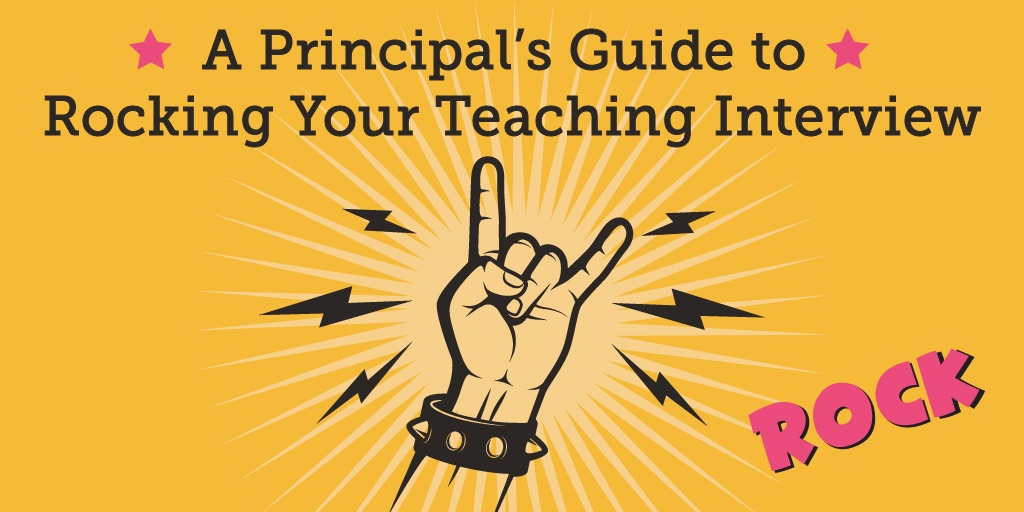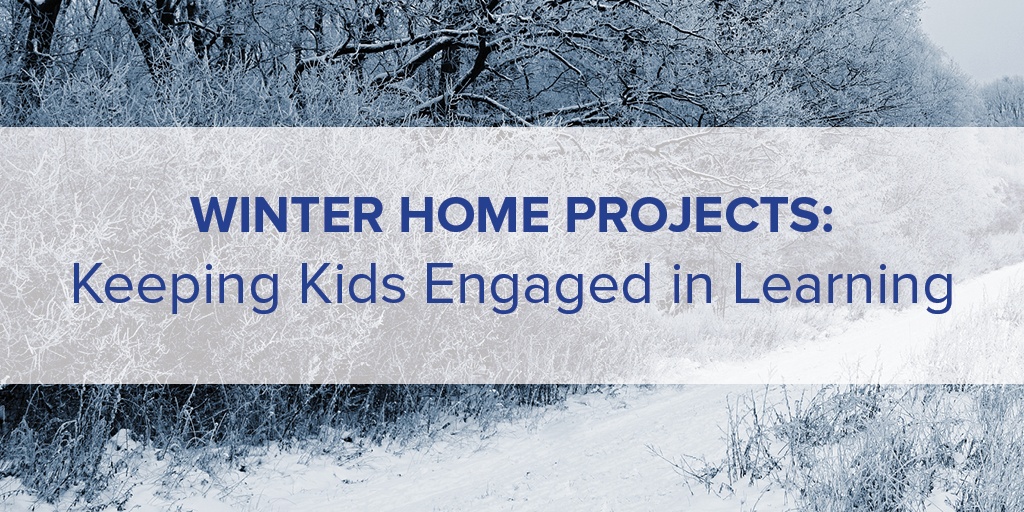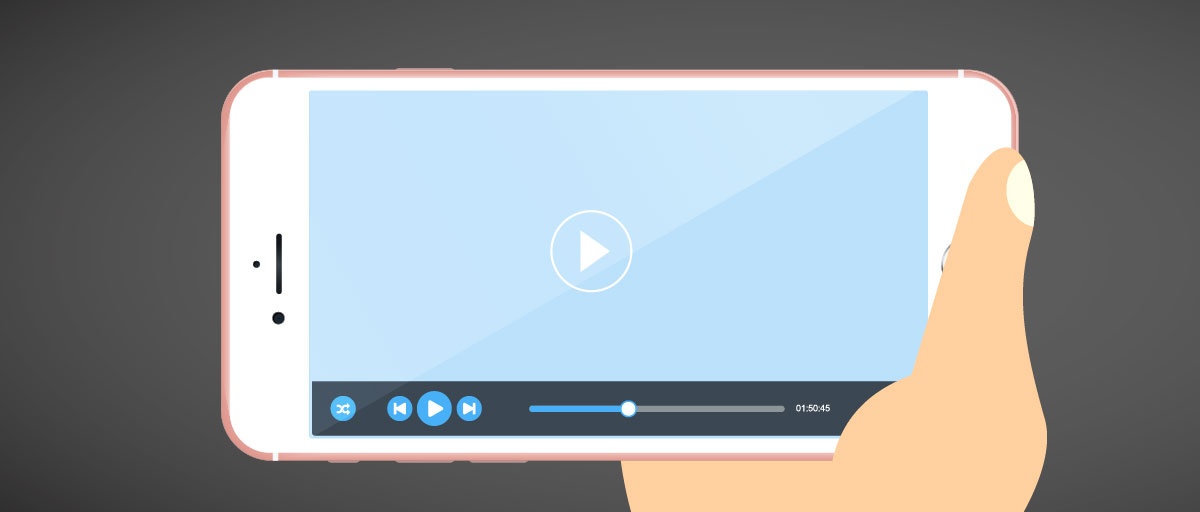Kelly Bielefeld

Recent Posts
Topics: iPad App, Educational Apps
Part Two: How Teaching Teachers Differs From Teaching Kids
As professionally trained educators, we know there are best practices that we need to apply to teaching regardless of the age of the learner. Some of these universal practices were highlighted in our recent article in this series. In other ways, teaching adults is very different than working with students. If you are a person who works with adults in any kind of professional learning, you probably already know that there are some big differences between the two.
Topics: Administrator Resources
One of the questions I am often asked when it comes to students who really struggle with behavior is “What can we do to try to help?” At times, a student’s behavior can be extremely challenging—it can feel defeating and leave you unsure of a starting point.
It’s important to note that there are sometimes circumstances that fall outside of what the education system can assist with. Some students need support in a more intensive program and may require therapy or counseling. There may be medication issues or undiagnosed conditions that are at the root of the situation, or the student could be in an abusive environment and is acting out to let someone know that something is wrong. For most of these situations, there is little a school can do to control the outside factors.
Topics: Classroom Management
Information Overload Part Two: How Parents and Teachers Can Help Students
As we discussed in part one of our Information Overload series, the sources of information that our students are bombarded with each day has increased exponentially over the past few years. The messages our students receive about life were once limited to cable television and the radio. Today, there are billions of images, opinions, videos, and comments at a student’s fingertips all day long. And as all of this has become more complex for students, it has also become more complex for the adults in their lives.
What is a school or parent to do? Take away the phone? Undo the 1:1 device initiative and go back to pencil and paper? And is it even that big of a deal anyway?
Topics: Administrator Resources, tips for teachers
A Principal’s Guide to Rocking Your Teaching Interview
Over the course of 13 years as a principal, I have sat in numerous interviews for teacher candidates, curriculum directors, classified staff, superintendents, and even colleague principals. Thanks to this experience, I have developed some ideas for what candidates should or shouldn't do during an interview. By sharing some of these tips, maybe you can ace your next interview and land the perfect job.
Topics: tips for teachers
Part One: How Administrators Can Get the Most out of Teachers by Being Teachers
Most teachers feel they are lifelong learners. They love learning, which is part of why they have embraced teaching as a career. So if teachers are to be learners, who are their teachers?
Their teachers come in all shapes and sizes. Some are in college classrooms, some are on Twitter chats, some are fellow teachers down the hall, and some are nationally known speakers who share their expertise.
Personally, I believe that all administrators must often wear the “teacher” hat in order to get the most out of the teachers they work with. When administrators model great instructional practices, it sends a message to teachers about the importance of their role. For principals, curriculum directors, and superintendents, we should find ourselves using our teaching strategies with our teachers often—even during short faculty meetings. We know that just talking at students is largely an ineffective way to teach them things, so we shouldn’t do this with our own staff either.
Topics: Administrator Resources, tips for teachers
The Student Teaching Experience: Being a Cooperating Teacher
I have a friend whose daughter just started her student teaching experience. She had met her cooperating teacher for the first time—it sounded like it went well, but one comment stood out. She said, “I shared an idea with the cooperating teacher, and she said she really liked it!”
What an early impact this can make in the formation of a new teacher! By simply validating an idea, the teacher started building a connection, encouraging her enthusiasm, and setting a tone of reflective practice for the semester. It didn’t take much, but there is already a positive connection being built between the student and the teacher.
Topics: Administrator Resources, tips for teachers
Information Overload Part One: Defining the Problem for Students
If we think about our students like we do a computer—where we have finite inputs and then desired (or undesired) outputs—we think differently about the inputs. The coding term GIGO (Garbage In, Garbage Out) rings true. If we put incorrect messages about life, work, success, and education into our students, we could end up with poor student outcomes.
Humans are much more complex than this simple analogy. There are millions of factors that go into our “outcomes” in life, and some of them are outside of anyone’s control. But teachers, and even more so parents, like to think that by providing some influence on the external factors of a child’s upbringing, some positive results will occur. We try to create “rich soil” for our children to grow and flourish from.
Topics: Administrator Resources, tips for teachers
Winter Home Projects: Keeping Kids Engaged in Learning
It’s that time of year when it is cold outside and there is an increased chance of school being cancelled because of snowy or icy roads. Snow cancellations or delays may not be prevalent all across the country, but even San Antonio recently had a snow day. I think most teachers and students would agree that snow days are great—as long as everyone is safe at home. My students love an unexpected day off. It’s like a bonus weekend!
Topics: Lessons, Student Engagement, tips for teachers
A while back, I taught a high school broadcast journalism class. It was a lot of fun and we did some amazing things with technology, video, and journalism.
At the same time, I taught a sophomore language arts class. Since I was teaching the video recording skills anyway, I decided to do a video project with my language arts students. The results opened my eyes—I realized that for most kids, adding a camera to a project brought instant engagement. They were planning, creating, revising, and researching for ways to do it better, and their creations were pretty funny. The same project I had completed for many years became something fresh and new just by adding in the video component.
Topics: iPad App, Educational Apps, curriculum, tips for teachers











